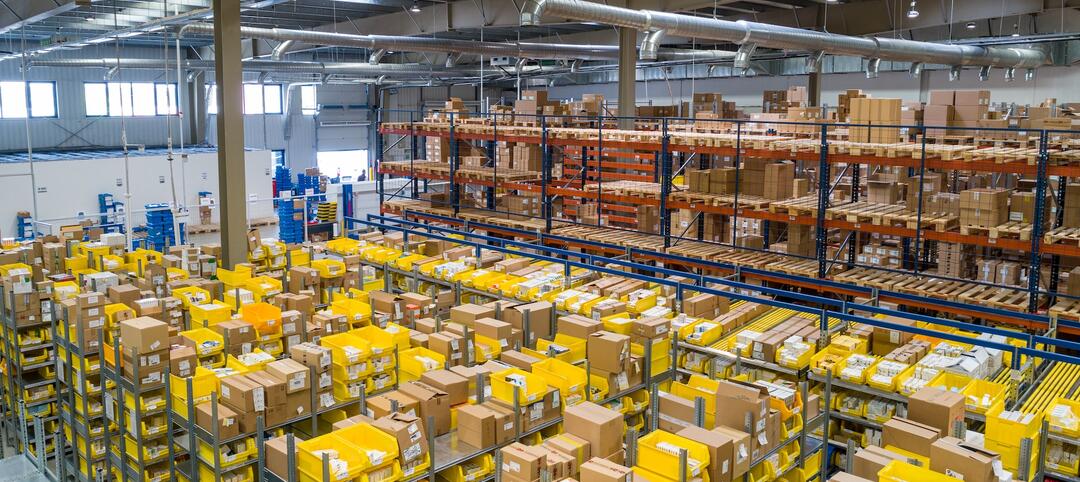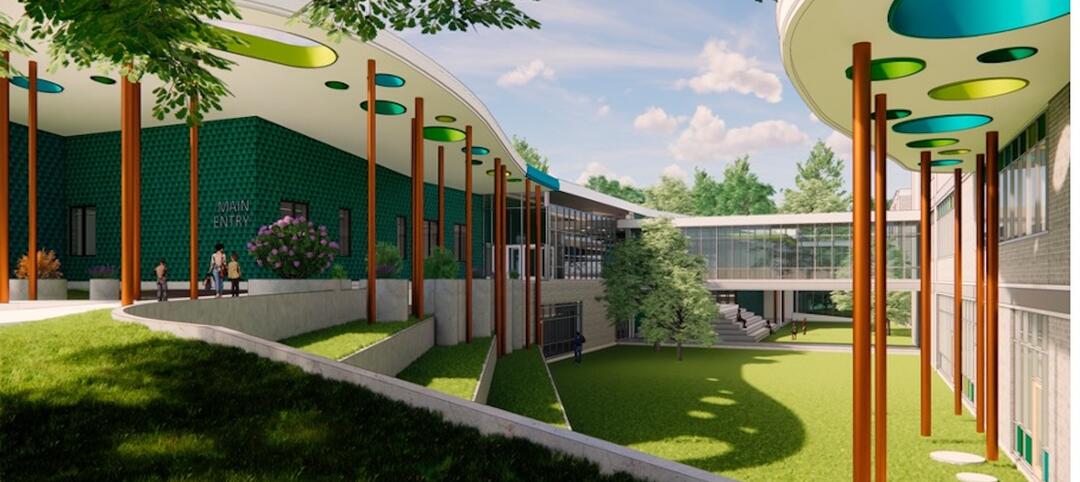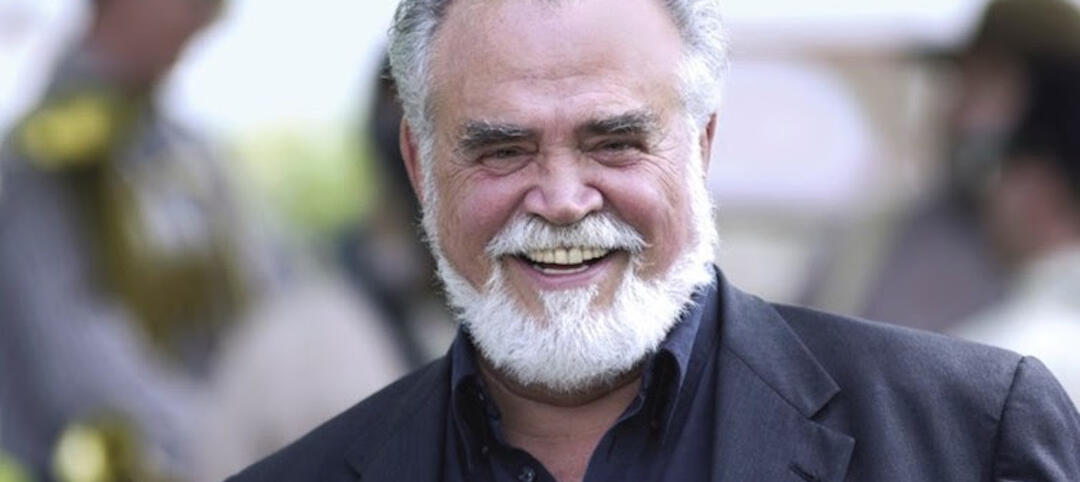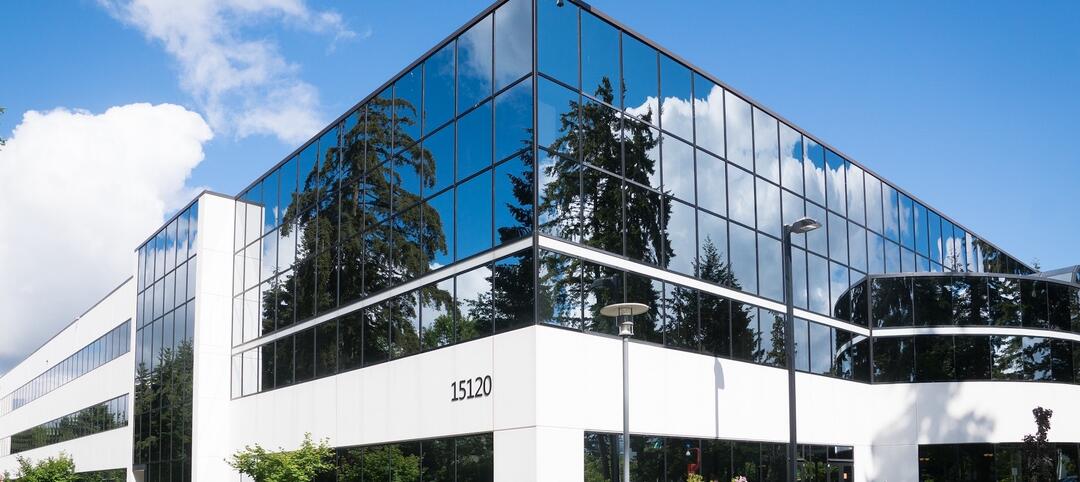The LED industry is in the midst of a rapid development cycle. In an effort to lengthen bulb lifetime, intensify colors, and create higher energy efficiencies, manufacturers are developing LEDs at an intense rate.
To help Building Team members sort through the new technological dimensions of LEDs, we asked two top-rated LED experts—John W. Curran, PhD, president of LED Transformations LLC, an LED industry consulting firm based in Stanton, N.J., and Glenn Heinmiller, principal of LAM Partners Inc., an architectural design firm based in Cambridge, Mass.—for their advice.
1. Pencil out the economics of LEDs. Building Teams should evaluate the economics of deploying LED luminaires. Cost savings come from two factors: energy efficiency and long life. The higher the electric utility rate for the application, the faster the payback. A long lifespan provides reduced maintenance costs resulting in additional savings. “The LED fixtures must last as long as assumed in the ROI calculations,” says Curran. “This is often where the economics for LED fixtures falls apart.” According to Curran, Building Teams must also be careful not to assume a lifetime that the fixtures do not deliver due to bad information from the fixture manufacturer or misapplication by the specifier or contractor.
2. Determine if LEDs are the right application for your building. “The answer depends on the specific lighting application, local electricity rates, operating hours, maintenance costs, and availability of utility incentives,” says Heinmiller. Building Teams should help owners explore the length of the payback period versus best energy performance regardless of upfront cost.
3. Consider the physical environment immediately surrounding the LEDs. Very high-temperature environments can present problems for LED technology. For example, installing highbays in an uncooled warehouse in Arizona may result in greatly reduced lifetimes for the LEDs. Those same highbays in a cold storage facility will perform much better.
4. Be aware that dimming is still a major problem with LEDs. Not all LED products can be dimmed, and those that can may not dim smoothly or to a low level. This is due to the widespread use of phase-cut dimmers in concert with conventional incandescent lighting and the drivers—the electronics—that power the LEDs. “It’s not easy to predict how a particular driver will perform against a wide range of dimmers already installed,” says Curran. Currently, there are no standards for LED dimming control, so only certain types of dimmers or dimming protocols will work with a particular LED fixture. “Dimming problems will probably improve some with technology development, but there are no signs the industry is standardizing on a dimming protocol,” says Heinmiller.
5. Test the LED color rendition. “The color rendering performance of white LED sources is generally quite good,” says Heinmiller. “Testing is important, especially for applications where color rendition is crucial, in order to make sure you are satisfied with the results.” Eventually, there will be an improved color metric that will predict quality more accurately from the specifications. Until then, Building Teams should advise clients to test color-critical applications.
6. Check out the fixtures with the manufacturer. Ask the LED manufacturer about their quality control and the type of testing done on their drivers. Deal only with reputable suppliers and manufacturers: What good is a 10-year warranty when the supplier goes out of business in a few years? Ask the supplier how they plan to provide replacement fixtures in 3 to 5 years.
7. Look for the Lighting Facts label. Go to www.lightingfacts.com to learn about a U.S. Department of Energy program that showcases LED products for general illumination from manufacturers who commit to testing products and reporting results according to industry standards. The LED Lighting Facts label can provide Building Teams with essential information for evaluating products and identifying the best options.
8. Go with a pro. For complex projects, engaging the services of a qualified professional architectural lighting designer could save your client—and you—a lot of money and grief. “It is a complex problem to determine the correct light source for the application in order to achieve the best energy efficiency and high lighting quality,” says Heinmiller. If you focus only on lower energy efficiency, you could end up with a lower electric bill but poor lighting in your building—or worse, no savings and poor lighting. For projects such as relamping existing track lighting in a retail store, working with a respected manufacturer’s representative who supports mockups and stands behind the supplier’s LED products is probably sufficient.
What are OLEDs?
Organic light-emitting diodes (OLED) are a separate branch of solid-state lighting that are beginning to have an impact on the architectural lighting industry. “The major performance difference between LEDs and OLEDs is that LEDs are point light sources while OLEDs are area sources,” says Curran, president of LED Transformations. LEDs are much further ahead in regard to cost, higher efficiencies, and longer lifetimes. Currently, OLEDs are used in cell phone displays and a small but growing number of high-end designer lighting fixtures.
Learn more about LED standards
• ANSI C78-377-2008 Specifications for Chromaticity of Solid-State Lighting Products for Electric Lamps. ANSI C78-377-2008 provides a standard for qualifying the range of colors that can be classified a particular color temperatures.
• LM 79-08 Approved Method: Electrical and Photometric Measurements of Solid-State Lighting Products. LM 79-08 gives the proper test procedure to evaluate light distribution and power consumption for an LED fixture. LED fixtures require special testing (using absolute photometry) because LED light sources, unlike traditional sources, cannot be tested independent of the fixture due to thermal effects on performance.
• LM 80-08 Approved Method for Measuring Lumen Depreciation of LED Light Sources; and TM-21-11 Projecting Long-Term Lumen Maintenance of LED Sources. LM-80-08 and TM-21-11 provide guidance on measuring and predicting the lumen depreciation of LED devices, which yields an estimate of useful lifetime.
Related Stories
Giants 400 | Sep 8, 2022
Top 115 Hotel Sector Architecture + AE Firms for 2022
Gensler, WATG, HKS, and Stantec top the ranking of the nation's largest hotel and resort sector architecture and architecture/engineering (AE) firms for 2022, as reported in Building Design+Construction's 2022 Giants 400 Report.
Senior Living Design | Sep 8, 2022
What’s new with AQ: The top trends in active adult living
Today's 55-or-better buyers are ready to design their lives and their homes as they see fit. With so much growth on tap, builders and developers must stay apprised of trends related to home, environment, and culture of 55+ communities.
Sports and Recreational Facilities | Sep 8, 2022
Chicago Bears unveil preliminary master plan for suburban stadium district
As the 2022 NFL season kicks off, the league’s original franchise is fortifying plans to leave its landmark lakefront stadium for a multi-billion-dollar mixed-use stadium district in northwest suburban Arlington Heights.
| Sep 8, 2022
The Twin Cities’ LGBTQ health clinic moves into a new and improved facility
For more than 50 years, Family Tree Clinic has provided reproductive and sexual health services to underserved populations—from part of an old schoolhouse, until recently.
| Sep 8, 2022
U.S. construction costs expected to rise 14% year over year by close of 2022
Coldwell Banker Richard Ellis (CBRE) is forecasting a 14.1% year-on-year increase in U.S. construction costs by the close of 2022.
Giants 400 | Sep 7, 2022
Top 95 Industrial Sector Architecture + AE Firms for 2022
Ware Malcomb, Stantec, Haskell, and Macgregor Associates Architects top the ranking of the nation's largest industrial facility sector architecture and architecture/engineering (AE) firms for 2022, as reported in Building Design+Construction's 2022 Giants 400 Report.
| Sep 7, 2022
Use of GBCI building performance tools rapidly expanding
More than seven billion square feet of project space is now being tracked using Green Business Certification Inc.’s (GBCI’s) Arc performance platform.
| Sep 7, 2022
K-8 school will help students learn by conducting expeditions in their own communities
In August, SHP, an architecture, design, and engineering firm, broke ground on the new Peck Expeditionary Learning School in Greensboro, N.C. Guilford County Schools, one of the country’s 50 largest school districts, tapped SHP based on its track record of educational design.
| Sep 6, 2022
Herbert V. Kohler, Jr. (1939-2022) An incomparable spirit
Dynamic leader and Kohler Co. Executive Chairman Herbert Vollrath Kohler, Jr. passed away on September 3, 2022, in Kohler, Wisconsin.
| Sep 6, 2022
Demand for flexible workspace reaches all-time high
Demand for flexible workspace including coworking options has never been higher, according to a survey from Yardi Kube, a space management software provider that is part of Yardi Systems.

















